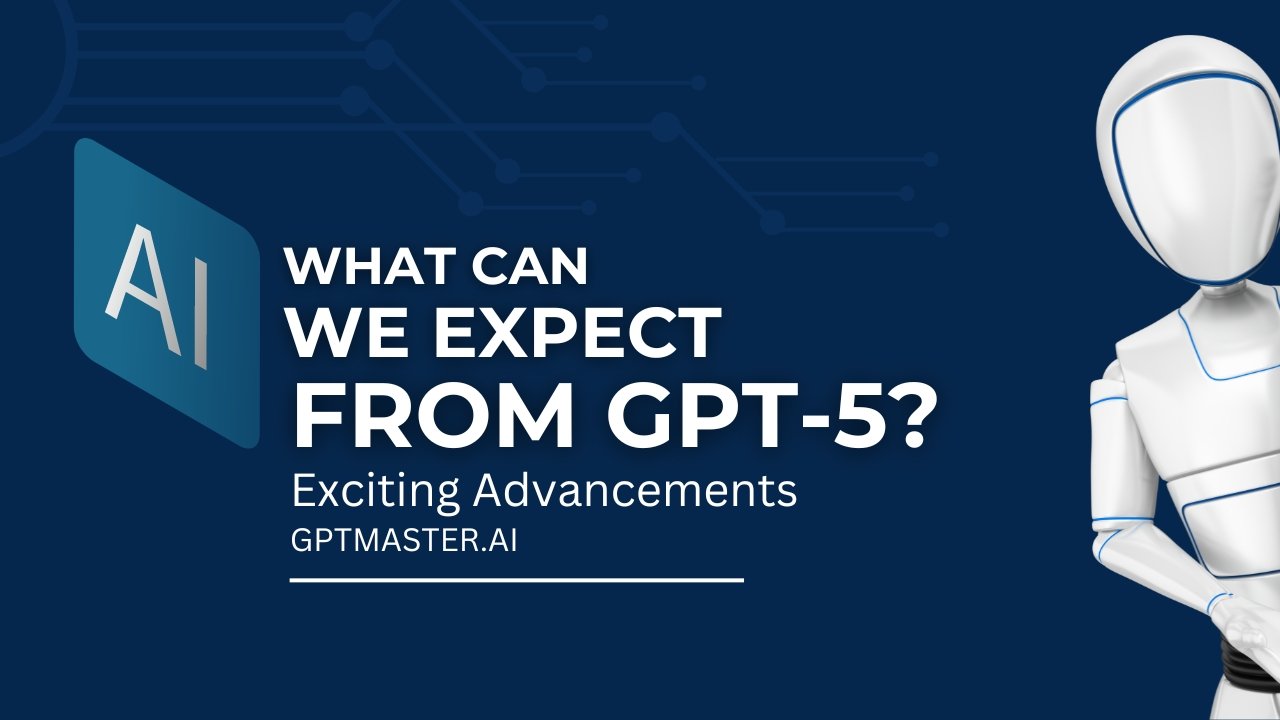Introduction
As technology continues to advance, OpenAI’s language models remain at the forefront of innovation. With the upcoming release of GPT-5, the expectations are high for even greater advancements in natural language processing. Users can anticipate significant improvements across various domains, making GPT-5 a powerful tool for communication and problem-solving. In this article, we’ll explore the key enhancements and capabilities users can expect from GPT-5, the next-generation language model from OpenAI.
See More : What Is FreedomGPT And How To Use It
What Can We Expect From GPT-5?
GPT-5 brings a host of improvements and capabilities to the table, showcasing the potential for even more sophisticated language processing. Let’s delve into the exciting features users can anticipate:
Power Gains: Enhanced Computational Power
With each iteration, OpenAI aims to boost the computational power of its language models, and GPT-5 is no exception. This advancement will allow GPT-5 to handle more complex and accurate language processing tasks with ease. As a result, users can expect faster response times and better overall performance.
More Factual Precision: Reducing Hallucination
GPT-5 aims to minimize hallucination, which refers to generating responses based on incorrect or false information. By improving its ability to provide factual and accurate responses, users can rely on GPT-5 for more reliable and trustworthy information.
Multimodal Capabilities: Embracing Audio and Video Modalities
Building on GPT-4’s existing capability to handle image and text inputs, GPT-5 is expected to expand its horizons to include audio and video modalities. This means users can interact with GPT-5 using voice commands and receive responses in various media formats, making communication more immersive and natural.
Improved Contextual Understanding: Generating Coherent Responses
One of the significant challenges for language models is understanding context accurately. GPT-5 endeavors to improve its contextual understanding, enabling it to generate more relevant and coherent responses. This enhancement will elevate the user experience and make conversations with the model more engaging and productive.
Reduced Hallucination: Boosting User Trust
In addition to the efforts to reduce hallucination, GPT-5 aims to minimize the generation of false or misleading information. By doing so, users can place more trust in the model’s responses, enhancing its practicality in real-world applications.
Compute Efficiency: Cost-Effective Language Processing
GPT-5 is set to improve its computational efficiency, which means it will require fewer resources to perform language processing tasks. This enhancement translates to more cost-effective usage and opens up possibilities for broader adoption across various industries.
Also Read : How to Make a Chatbot Using GPT?
Long-Term Memory: Enhanced Retention and Recall
GPT-5 is expected to have enhanced long-term memory capabilities, allowing it to retain and recall information over extended periods. This improvement is particularly valuable for applications that require historical context or ongoing interactions.
Progress Towards AGI: A Step Closer to Artificial General Intelligence
While GPT-5 itself is not classified as Artificial General Intelligence (AGI), it represents a significant stride towards achieving this ambitious goal. AGI refers to a system with human-level intelligence, capable of understanding and learning in diverse domains.
Support for More Significant Queries and Inputs
As the demand for complex queries and inputs increases, GPT-5 rises to the challenge. Users can anticipate improved support for handling larger and more intricate queries, making the model more versatile and adaptable to a wide range of scenarios.
Continuous Development and Refinement
It is essential to note that concrete details and official announcements regarding GPT-5 are limited at this time. The development and refinement process is ongoing, ensuring that the final release meets the highest standards of performance and security.
Frequently Asked Questions (FAQs)
FAQ 1. Will GPT-5 achieve human-level intelligence (AGI)?
While GPT-5 is a remarkable advancement, it is not classified as AGI itself. However, it represents a significant step towards the ultimate goal of achieving AGI.
FAQ 2. How will GPT-5 reduce hallucination and improve factual precision?
GPT-5 will undergo rigorous training on vast datasets, enabling it to better distinguish factual information from false or misleading data. This training process aims to minimize hallucination and provide more accurate responses.
FAQ 3. Can GPT-5 understand audio and video inputs?
Yes, GPT-5 is expected to expand its capabilities to include audio and video modalities, making interactions with the model more immersive and versatile.
FAQ 4. Will GPT-5 be more cost-effective to use?
Yes, GPT-5 is expected to improve its computational efficiency, making it more cost-effective and resource-friendly.
FAQ 5. How will GPT-5 handle long-term memory tasks?
GPT-5 may have enhanced memory capabilities, allowing it to retain and recall information over longer periods. This feature will be particularly valuable for tasks that require historical context and continuous interactions.
FAQ 6. When will GPT-5 be released, and what are its specific features?
Concrete details and official announcements about GPT-5 are still limited at this time. The development and refinement process are ongoing, and the release date and specific features will be disclosed in due course.
Conclusion
OpenAI’s GPT-5 promises exciting improvements and capabilities that will revolutionize the landscape of natural language processing. From enhanced computational power and improved factual precision to embracing multimodal capabilities and a step closer to AGI, GPT-5 holds great promise for various applications across industries. Although specific details are yet to be unveiled, the expectations for GPT-5 are high, and it is set to push the boundaries of language models further than ever before.

